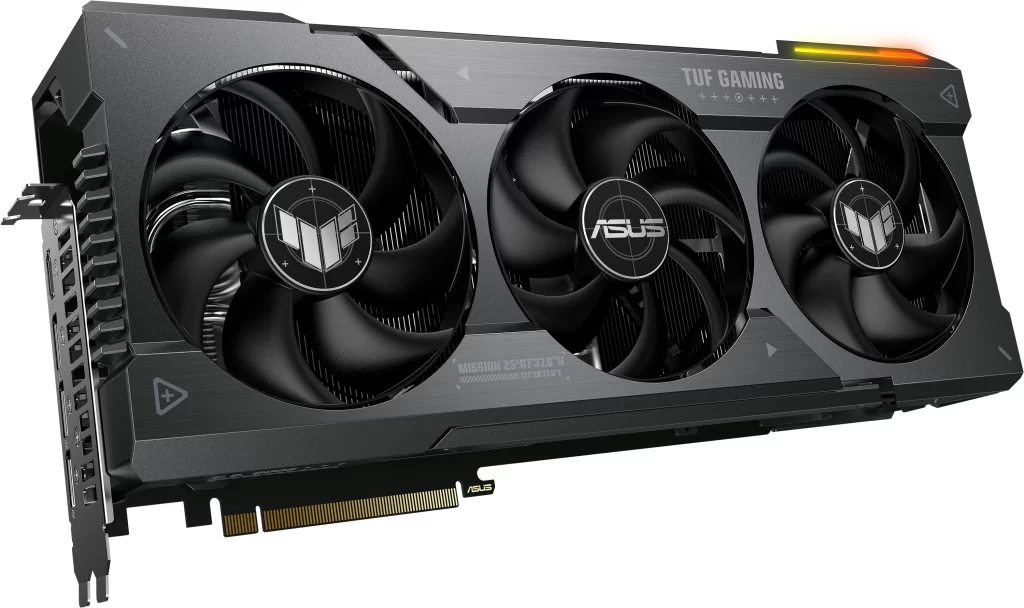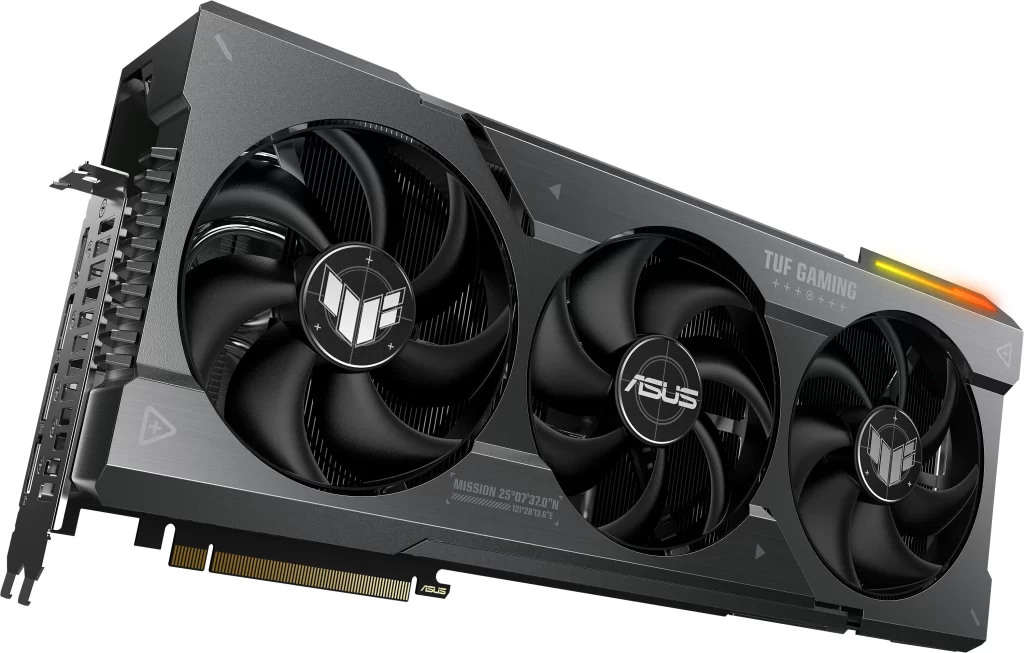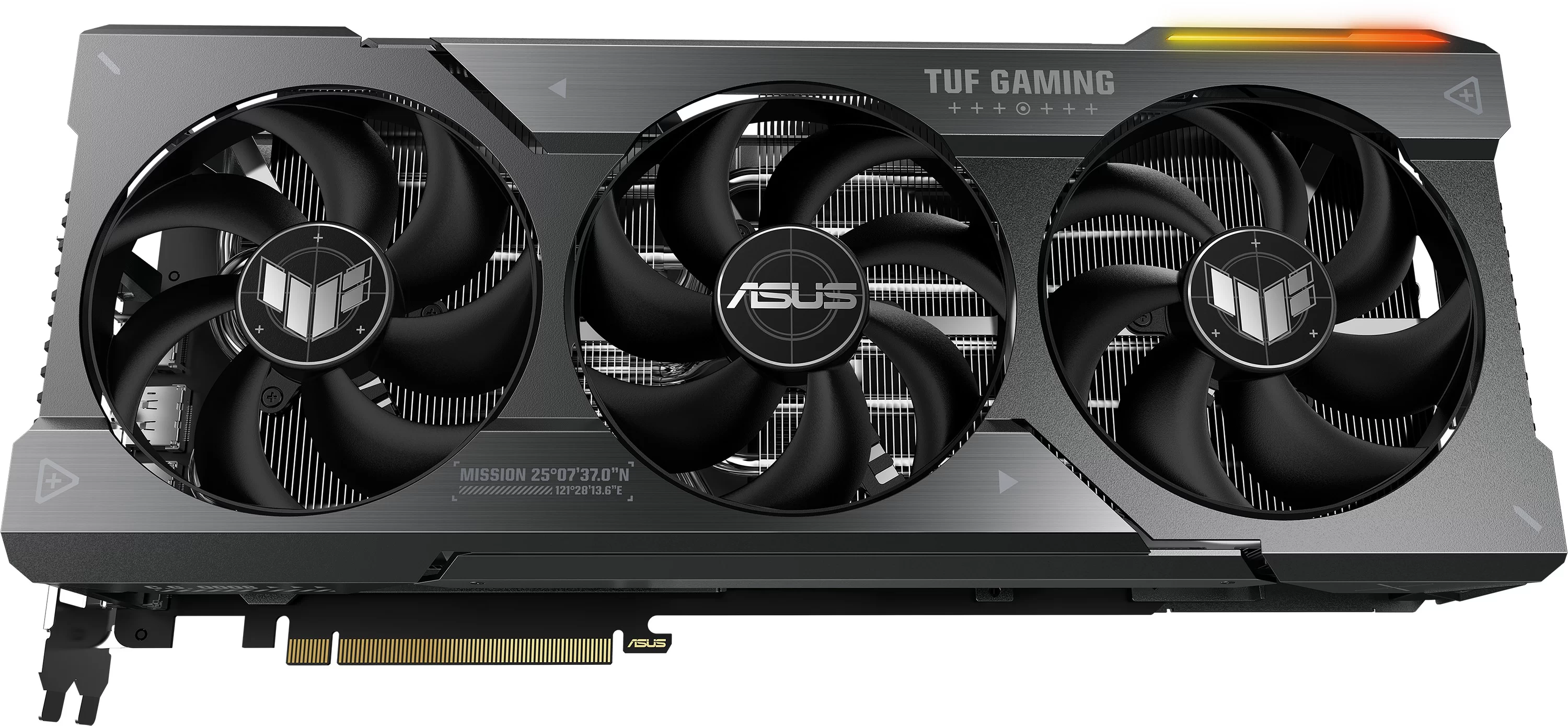AMD’s RDNA 3 GPU architecture has just launched less than two weeks ago. While details are still quite scarce, the new GPUs launched in their livestream looked promising. There was not to say plenty in terms of variety in their launch too.
They launched two flagship class GPUs within the Radeon family. You can say hello to AMD’s Radeon RX 7900 and RX 7900 XTX. In their launch, they say that their flagship RX 7900 XTX performs at least 15% better than the older RX 6950 XT in games. Thanks to RDNA 3 technology, which is also an evolution from RDNA 2, AMD’s latest GPUs can maintain and even lower the GPUs’ power consumption while delivering the same amount of processing power. At the same time, AMD has upgraded its encoders to ensure that the new GPUs can work with videos and rendering much better than the RX 6000 series Radeon GPUs.
Of course, you do not only have to buy the GPU directly from AMD. You can get your hands on AMD’s Radeon RX 7900 XT and RX 7900 XTX from AMD’s board partners like ASUS and their new TUF Gaming line up of AMD GPUs. Welcome to the TUF Gaming Radeon RX 7000 series GPUs.
The basic construction and design of ASUS’ TUF Gaming GPUs are not completely different from AMD Radeon’s original design. Like AMD’s reference GPU, the ASUS TUF Gaming Radeon RX 7900 XT has the same 20GB of GDDR6 RAM. If you want something more cutting edge, the Radeon RX 7900 XTX offers 24GB in GDDR6 RAM.
TUF Gaming Radeon RX 7900 XTX

It is a big card, this one. In its entirety, the GPU takes up to 3.63 slots within your desktop PC. All that cooling is required to keep the 6,144 stream processors with 384-bt memory interface. But this much weight is never good on a PCB. That is why ASUS built the GPU with a die-cast frame holding a solid aluminium backplate and shroud to ensure that the weight does not stress the PCB out too much. For even more security, there is a GPU stand that is included when you buy the Radeon RX 7900 XTX.
The large structure houses a combination of large heatsinks and fan designs that allows for up to 13.8% more airflow and up to 8% more static pressure over TUF Gaming’s last generation AMD Radeon flagship card even at lower fan speeds allowing for a quieter card despite its power. You can also choose between two BIOS presets for either a quieter experience or more powerful performance mode.
The new RDNA 3 GPU packs an HDMI 2.1 port for up to 8K 165Hz display connections. You will not get that kind of graphics for most AAA games played on the GPU though, even if you can find a display to match that. Still, it is nice to know that you are futureproofed. You also get three DisplayPort 2.1, which is technically even better than HDMI 2.1 currently. Unlike NVIDIA’s latest and greatest, the AMD GPU still needs three 8-pin connectors from your PSU to work.
TUF Gaming Radeon RX 7900 XT

The new high-end AMD GPU packs just a little under 800 stream processors at 5,379. It is still anything but a slouch though. It is paired with 20GB of GDDR6 RAM and 320-bit memory interface, which is still a plenty and rather fast.
The Radeon RX 7900 XT also features a 3.63-slot design that houses plenty of cooling capabilities while remaining quiet. At the same power draw, the GPU runs faster, cooler, and quieter than the older Radeon RX 6900 GPU. That also means that if you truly want to overclock the GPU, you have even more headroom than before.
Price and Availability
While ASUS has announced and unveiled the new AMD GPUs, there are no official dates teased by the board makers. There is also currently no official pricing from them just yet. We are expecting them to be available sometime soon after the AMD Radeon RX 7900 XT and Radeon RX 7900 XTX reference GPUs arrive in Malaysian shores. You can expect prices to be higher than the reference cards too thanks to the beefier cooling solution that the TUF Gaming variants offer. More on the new AMD Radeon GPUs from ASUS can be found on their website.






